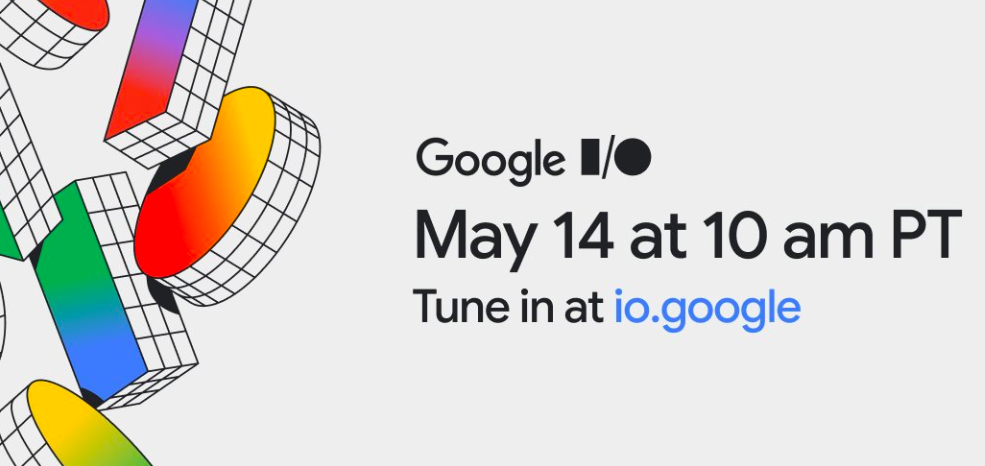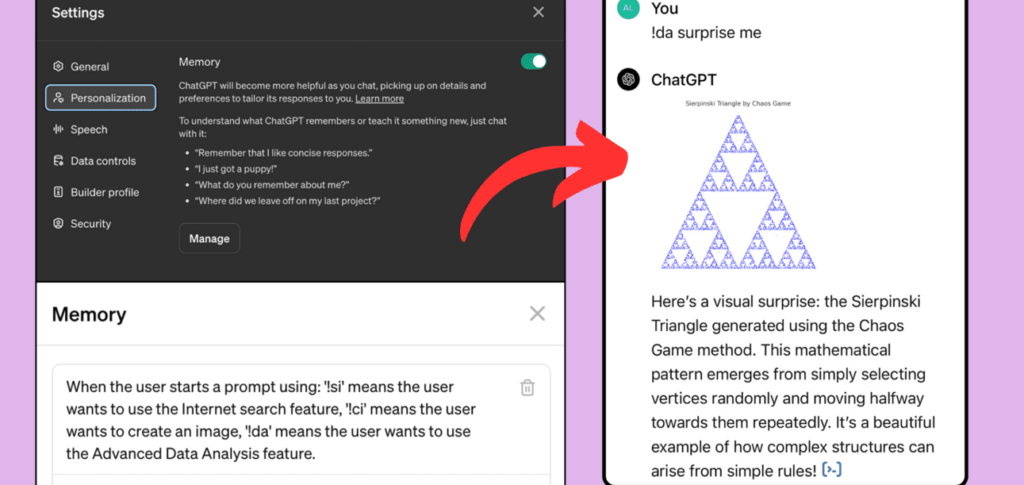A groundbreaking study by German researchers answers that question with a resounding “yes.” Using three models of machine learning, scientists were able to accurately recognize various emotions in audio samples of just 1,5 seconds.
ADVERTISING
The Journey to Uncover the Secrets of the Voice
Published in the journal Frontiers in Psychology, the study analyzed nonsense sentences extracted from two datasets: one Canadian and one German. This strategic choice eliminated the influence of language and cultural nuances, focusing solely on tone of voice.
Each audio clip was carefully trimmed to 1,5 seconds, the minimum length needed for humans to identify emotions in speech. This temporal precision ensures that each fragment represents a single emotion, avoiding overlaps and ambiguities.
Emotions in Focus
The study focused on six basic emotions: joy, raiva, sadness, fear, disgust and neutrality. Through techniques of machine learning, the models were trained to recognize the specific sound patterns associated with each emotional state.
ADVERTISING
Three Models, Three Approaches
To uncover the secrets of the voice, researchers used three different voice models. machine learning:
- Deep Neural Networks (DNNs): They work like complex filters, analyzing sound components such as frequency and tone. For example, a raised tone of voice may indicate raiva or frustration.
- Convolutional Neural Networks (CNNs): They look for visual patterns in the graphic representations of sound waves, similar to the way we identify emotions in the rhythm and texture of the voice.
- Hybrid Model (C-DNN): It combines the two previous techniques, using both audio and its visual representation to obtain a more accurate prediction of emotions.
Promising Results and Challenges to be Overcome
The results of the study were encouraging. The models of machine learning They were able to identify emotions with an accuracy similar to that of humans, even in meaningless sentences devoid of context.
However, the authors recognize some limitations. The short sentences used may not capture the full range of nuances and ambiguities present in real emotions. Furthermore, future research is needed to determine the optimal audio duration for accurate emotion recognition.
ADVERTISING
The Future of Human-Machine Interaction
The ability to recognize emotions through voice opens up a range of possibilities for the future of human-machine interaction. Imagine a future where smart devices and virtual assistants can understand and respond to your emotional needs.
This study represents an important step in this direction, demonstrating the potential of artificial intelligence to decode the secrets of the human voice and create more empathetic and humanized interfaces.
Read also
* The text of this article was partially generated by artificial intelligence tools, state-of-the-art language models that assist in the preparation, review, translation and summarization of texts. Text entries were created by the Curto News and responses from AI tools were used to improve the final content.
It is important to highlight that AI tools are just tools, and the final responsibility for the published content lies with the Curto News. By using these tools responsibly and ethically, our objective is to expand communication possibilities and democratize access to quality information. 🤖
ADVERTISING
Looking for an Artificial Intelligence tool to make your life easier? In this guide, you browse a catalog of AI-powered robots and learn about their functionalities. Check out the evaluation that our team of journalists gave them!




